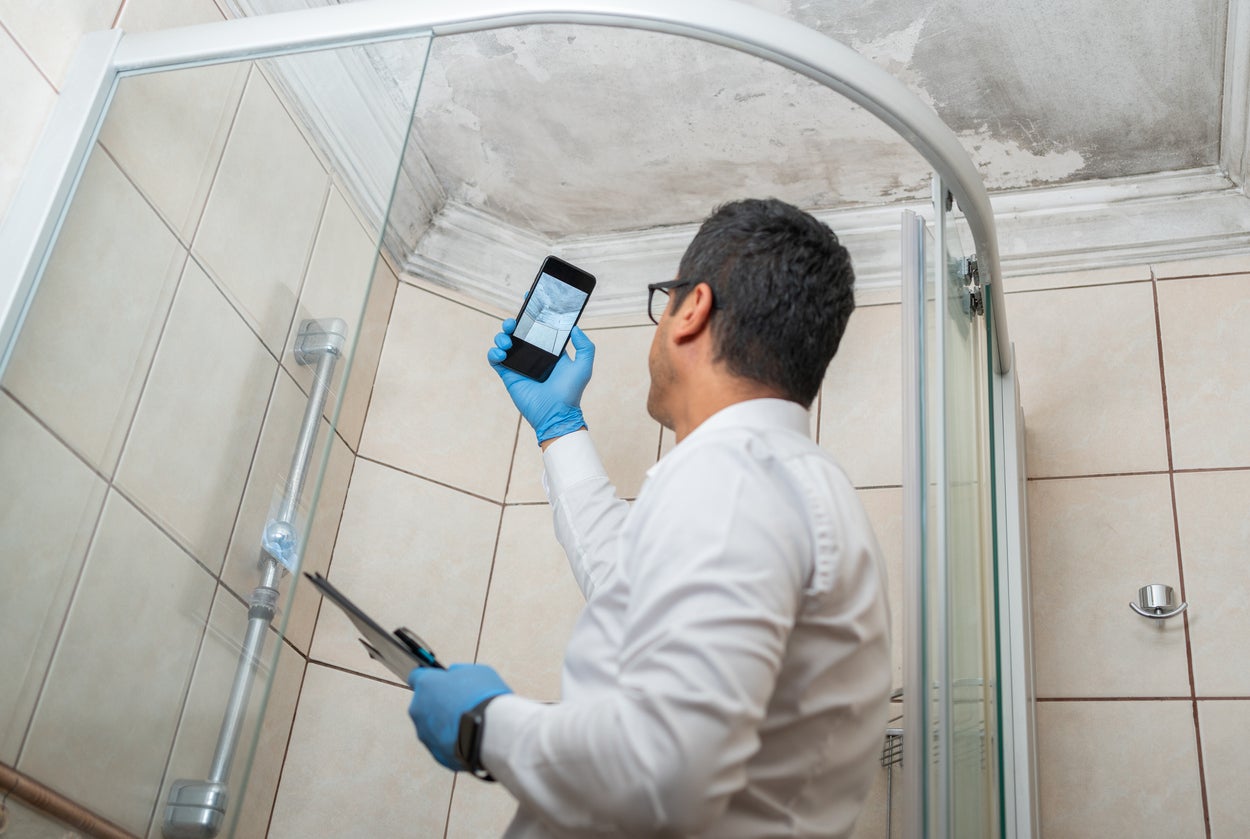Advice on What to Do After Mold Remediation
Wiki Article
Effective Article Mold Remediation Solutions for Your Home
Mold and mildew growth in homes can be a relentless concern, frequently calling for an organized strategy for effective post-remediation remedies. From understanding the variables that add to mold and mildew advancement to implementing appropriate cleansing strategies and moisture control steps, the procedure can be complex yet vital for preserving a healthy living atmosphere. In addition, checking out natural removal solutions and establishing a routine for ongoing upkeep are important components of a thorough mold and mildew removal strategy. As home owners make every effort to address mold problems, discovering the most reliable services becomes extremely important for the health of their homes.Understanding Mold And Mildew Growth Variables
The main element contributing to mold and mildew development is dampness. Mold spores call for moisture to prosper and sprout, making humid or moist atmospheres extremely susceptible to mold infestations.
In addition, airflow and light exposure can impact mold and mildew development. Locations that do not have correct air flow and natural light are much more prone to mold advancement. By dealing with these elements thoroughly, individuals can efficiently reduce mold and mildew growth and secure their living environments.
Proper Mold Cleansing Techniques
Making use of effective cleaning techniques is important in addressing and protecting against the reoccurrence of mold and mildew contamination in interior atmospheres. When managing mold and mildew, it is crucial to prioritize security by using protective gear such as masks, goggles, and gloves. The primary step in proper mold and mildew cleaning is to contain the damaged location to prevent the spread of spores to uncontaminated areas. This can be attained by sealing off the room and using air scrubbers or adverse air equipments to preserve air high quality.
Implementing Dampness Control Procedures
To properly avoid mold growth and contamination in indoor atmospheres, carrying out wetness control measures is critical. Dampness is the main variable that gas mold advancement, making it important to handle humidity degrees within the home. One efficient action is to utilize dehumidifiers to maintain indoor humidity levels listed below 60%. Additionally, ensuring appropriate ventilation in locations prone to moisture accumulation, such as restrooms and cooking areas, can aid decrease the risk of mold and mildew development. Regularly evaluating and fixing any type of leakages in plumbing, roofings, or home windows is likewise crucial in protecting against excess dampness build-up. Making use of exhaust fans while cooking or showering, and permitting air circulation by keeping furnishings a little away from walls can assist in dampness control. Post Remediation Inspection near me Using moisture-resistant materials in high-humidity locations, such as mold-resistant drywall and paints, can be helpful. By carefully implementing these wetness control procedures, property owners can successfully decrease the likelihood of mold recontamination and maintain a healthy and balanced indoor setting.Making Use Of Natural Remediation Solutions
After efficiently implementing wetness control actions to stop mold development in interior environments, homeowners can currently check out the efficiency of natural removal options in maintaining a healthy living room. All-natural remediation services use eco-friendly methods to combat mold and mildew and mold, making them a popular selection for those looking for safe options. One such remedy is using vinegar, an all-natural antimicrobial agent, to tidy and disinfect surfaces contaminated by mold. Just thin down vinegar with water and spray it onto the affected areas, permitting it to sit for a couple of hours before wiping clean. In addition, tea tree oil, recognized for its antifungal buildings, can be blended with water and splashed onto mold-infested surfaces to inhibit additional growth. Another natural alternative is hydrogen peroxide, which can efficiently eliminate mold and mildew on numerous surfaces without leaving harmful deposits behind. By integrating these all-natural remediation services into their cleansing regimens, house owners can successfully deal with mold and mildew development while promoting a healthier indoor setting on their own and their family members.
Maintaining a Mold-Free Environment
In order to stop mold reoccurrence and guarantee a constantly mold-free atmosphere, it is vital for house owners to carry out positive maintenance methods. Routinely checking locations prone to mold and mildew development, such as restrooms, kitchen areas, cellars, and attics, is important. Attending to any kind of leakages, water damage, or excess dampness without delay can significantly lower the threat of mold and mildew development. Post Mold remediation cleaning. Appropriate air flow in locations with high humidity levels is also crucial to protecting against mold and mildew development. Making use of dehumidifiers or exhaust fans can aid keep optimum wetness levels and dissuade mold spores from growing.In addition, preserving sanitation in the home is essential for mold and mildew avoidance. Maintaining indoor plants in check and making certain correct drain in exterior landscape design can reduce moisture build-up, decreasing the probability of mold problems.
Final Thought
To conclude, it is necessary to deal with mold growth elements, use correct cleansing strategies, carry out moisture control measures, use natural removal services, and preserve a mold-free environment in order to efficiently take care of article mold removal in your house - testing air quality after mold remediation. By adhering to these methods, you can protect against mold and mildew from recurring and guarantee a healthy living atmosphere for you and your family members
The key variable adding to mold development is dampness. Mold spores require moisture to germinate and flourish, making damp or wet environments very susceptible to mold and mildew problems.To successfully prevent mold and mildew growth and contamination in interior environments, carrying out wetness control procedures is extremely important. In addition, ensuring correct air flow in locations prone to moisture build-up, such as kitchen areas and bathrooms, can help decrease the risk of mold and mildew development.After effectively implementing moisture control steps to prevent mold development in interior settings, property owners can now check out the performance of natural remediation solutions in maintaining a healthy living room.
Report this wiki page